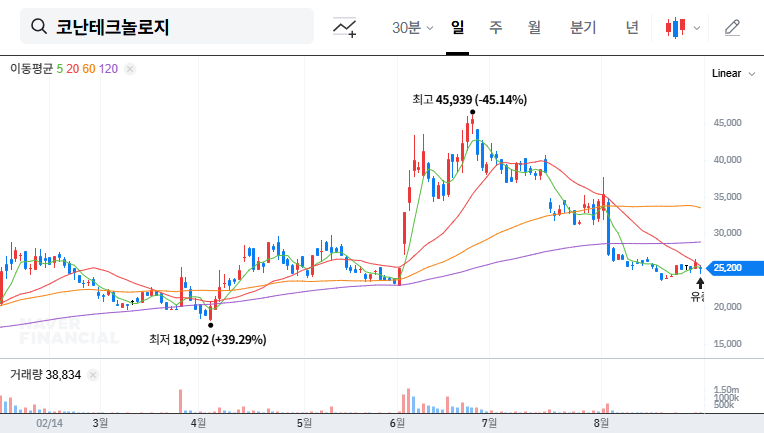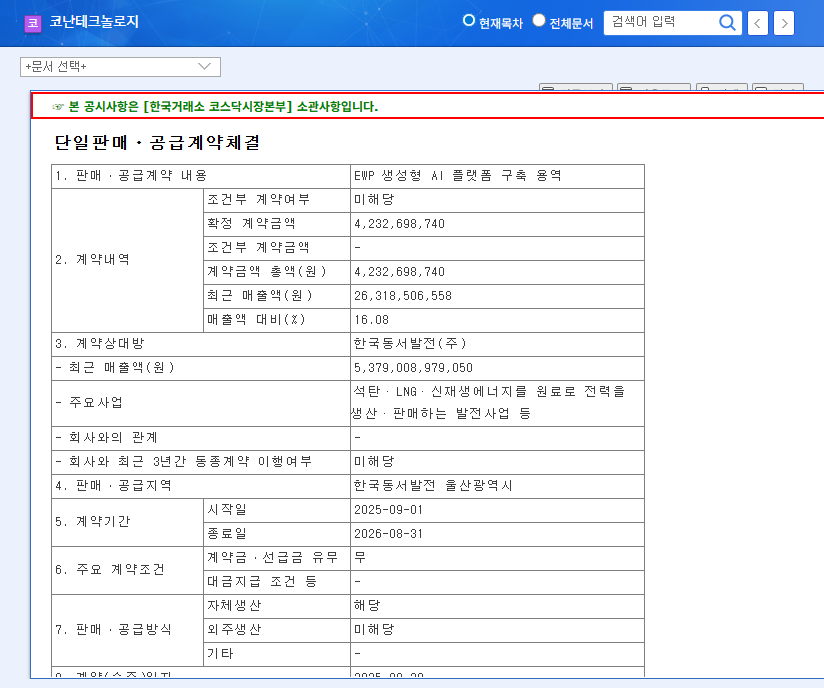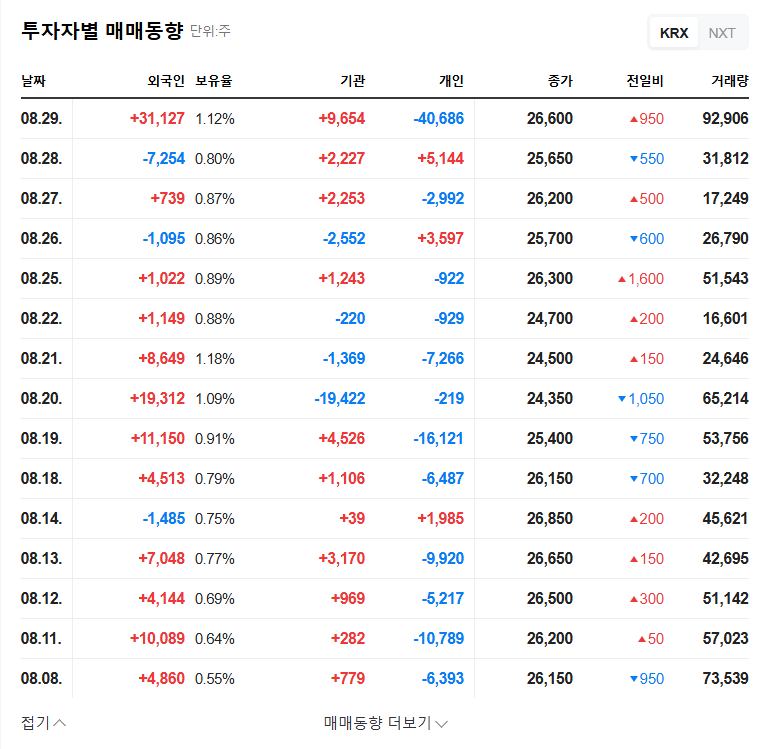
Crowdworks Acquires Shinplet – What Happened?
Crowdworks announced the acquisition of 100% of Shinplet, a manufacturing AI software developer, for 4.6 billion KRW. 66% of the stake will be acquired immediately, with the remaining 34% by 2029. The aim is to secure manufacturing AI technology and talent to enter a new market and secure future growth. The acquisition will be funded through debt financing.
The Rationale Behind the Acquisition – Why Shinplet?
Crowdworks has been seeking new growth engines beyond its existing AI data labeling business. The manufacturing AI market presents high growth potential, and the Shinplet acquisition allows Crowdworks to accelerate its entry into this market, seeking synergy with its internally developed Agentic AI solution ‘Alpy’.
Impact and Outlook – What Does This Mean?
- Positive Impacts: Entry into the manufacturing AI market, new revenue streams, synergy with ‘Alpy’, acquisition of technology and talent
- Negative Impacts: Increased financial burden, potential for continued losses, integration risks, cash flow challenges
Action Plan for Investors – What Should You Do?
Short-term perspective: Closely monitor Crowdworks’ financial health, Shinplet integration progress, and market reactions.
Long-term perspective: Pay attention to the success of the manufacturing AI venture, improvement in existing business profitability, and stabilization of financial structure. This acquisition presents both opportunities and risks, requiring cautious investment decisions.
FAQ
What is Shinplet, the company acquired by Crowdworks?
Shinplet is a manufacturing AI software development and supply company. Crowdworks aims to accelerate its entry into the manufacturing AI market with Shinplet’s technology and personnel.
How is the acquisition being financed?
The acquisition will be financed through debt, which could increase Crowdworks’ financial burden.
Will this acquisition have a positive impact on Crowdworks?
While there are positive aspects such as entering the manufacturing AI market and securing new revenue streams, there are also negative aspects like increased financial burden and integration risks.
What should investors pay attention to?
In the short term, investors should monitor financial health, Shinplet integration progress, and market reaction. In the long term, focus on the success of the manufacturing AI business and the improvement of existing business profitability.




